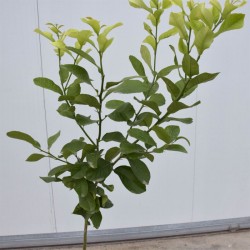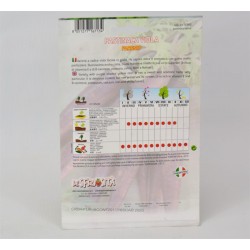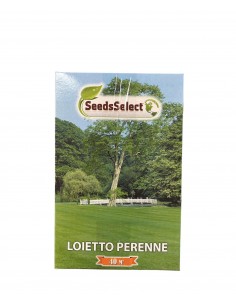Berberis Thunbergii plant
Generalities of the Berberis plant:
The Berberis plant has hundreds of species. These are small shrubs, they do not exceed 100-150 cm in height; the foliage is thick and oval. In spring The Berberis plant produces small, very showy golden yellow flowers, followed by small, red or black, edible berries. The stems of the berberis are very branched, and bear long, very sharp thorns. Berberis plants are used as hedges, even defensive, as over time they tend to become very thorny, creating an impenetrable barrier. It is preferable to place the plants in a fairly sunny position avoiding stagnation of water.
Online sale of the Berberis plant, available in the following sizes:
- jar 7cm, height 5/15cm
- jar 18cm, height 30/50cm
Online sale of the Berberis plant, available in the following sizes:
- jar 7cm, heght 5/15cm
- jar18cm, height 30/50cm
Generalities of the Berberis plant:
The berberis plant has hundreds of species, spread all over the world, in areas with a temperate climate, from Asia to North America, from Europe to the cool and mountainous areas of South America. These are therefore various types of shrubs, depending on the species; generally small in size, they do not exceed 100-150 cm in height; the foliage is often small, oval, and many species are deciduous. There are obviously many hybrids and cultivars, the most common have red foliage, from dark burgundy to cherry red, and are very small in size. In spring they produce small, very showy golden yellow flowers, followed by small, red or black, edible berries; the flavor of the fruits is very sour, as these fruits contain a lot of vitamin C; in many areas of Europe traditional liqueurs are produced, based on berberis berries. The stems are very branched, and have long, very sharp thorns. These plants are often used as hedges, even defensive, as over time they tend to become very thorny, creating an impenetrable barrier.
Berberis Plant Care and Cultivation:
The cultivation of berberis is simple. They adapt easily to almost any soil and are also climate tolerant. Heat is rarely a problem and cold does not harm the plant down to at least -20 ° C. It bears pruning very well, which makes it ideal for creating formal hedges of different sizes, also with excellent defensive skills. They are very suitable subjects for urban gardens as they have proved to be very resistant to pollution. The small-sized varieties also find good locations in mixed borders, where they enhance the surrounding blooms, or used as pot specimens. These shrubs are mainly used to form hedges or borders, even if they can make a good impression even if grown as single specimens, or in the mixed border, especially as regards the varieties with particular foliage. They are located in a very bright and sunny position, with at least a few hours of sunshine every day; they can survive even in partial shade, but over the years the color of the foliage tends to deteriorate if the plant does not receive the right amount of sunlight, and we will end up with a berberis with increasingly dark and dull colors. Let's use a good universal soil, mixed with a little sand or pumice stone to increase its drainage, and some manure to enrich it. We plant our Berbers preferably in autumn, we will be sure to fully enjoy the flowering, the following spring.






















